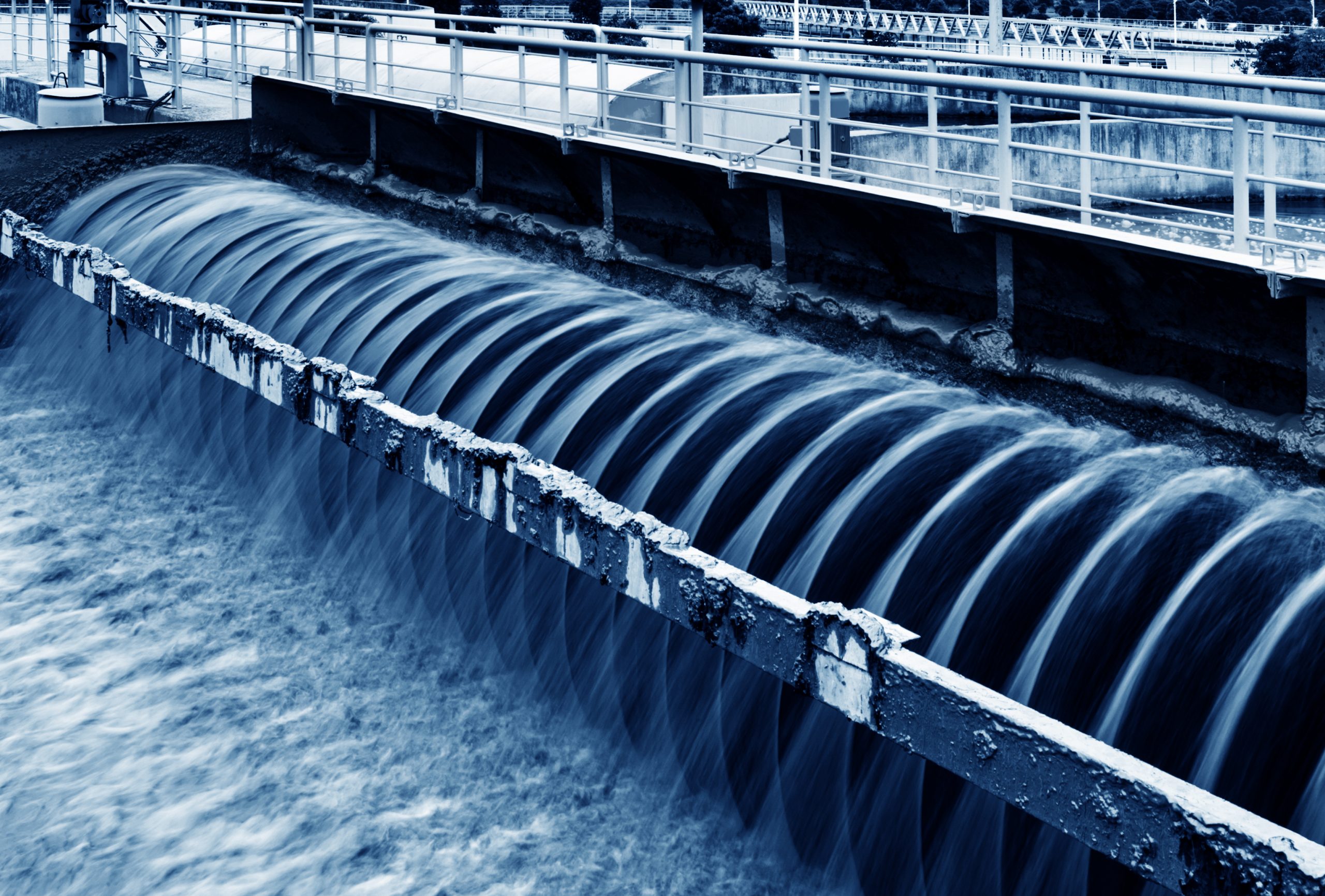Ramdough
Adventurer
The OP does not want to hear about chlorine treatment, but it makes a lot of sense, so here goes.
We regularly pick up water from creeks, dams and cattle troughs in the bush in Oz and I did my research about 16 years ago and since then have used a combination of chlorine and filtration, not just in Oz but also in some of the more remote corners of eastern Europe.
First observation is that lovely potable water that you filled your tank with a week ago may not be potable any longer. This is especially true in the tropics where that water might be stored at 30C or maybe higher, the PERFECT environment for those bugs to grow very fast.
But so what? It is not what is in the tank that counts, it is what comes out of the tap. Bugs DO grow in the dark.
Our methodology is this:
1. Treat all water with sodium hypochlorite as the tank is filled. This stuff breaks down quite quickly on its own, especially if the water quality is poor and especially at warmer temperatures, so regular dosing is required to keep the chlorine level up.
2. Filter after the pump and immediately before the tap.
We use a 5um sediment filter (simply to take the large particles out to protect the finer filter), followed by a 0.5um carbon block filter with silver. The carbon block will remove most pathogens, but there should be none anyway f the chlorine is kept up. The carbon block also removes any remaining chlorine.
Simple and effective.
A few "BUTS" to watch.
Fine filters are a great place for nasties to propagate. This is particularly the case if the system is unused for some time. The silver inhibits this growth, but after more than a couple of days of no use, the system should be flushed with 10L of well chlorinated water before consumption. Regular use and regular chlorination is the key to an ongoing safe water supply.
Chlorine concentration is easily checked with readily available test strips, but we tend to work on the basis that if you can not detect the chlorine by nose in unfiltered water, there is probably not enough.
We use 10" filter cartridges. Change them at least annually.
Cheers,
Peter
OKA196 motorhome
Could you link to the filters you use? I have not seen silver impregnated 10” filters before (but I looked).
Sent from my iPhone using Tapatalk


